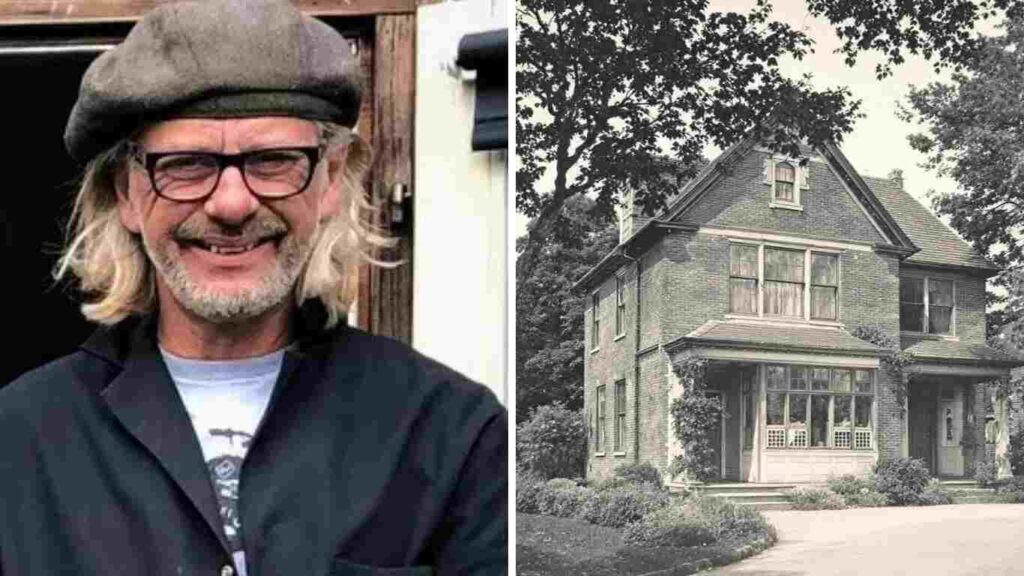Henry Cole was a pivotal figure in Victorian England, known for his remarkable contributions to society. Born in 1808, he played a significant role in various fields, including education, art, and public services. His innovative spirit and dedication to progress not only shaped the Victorian era but continue to influence modern life.
Who Was Henry Cole?
Early Life and Education
Henry Cole was born on July 15, 1808, in Bristol, England. Coming from a modest family, his upbringing was marked by a strong emphasis on education. He attended Christ’s Hospital, a charitable school in London, where he received a solid grounding in various subjects. This education laid the foundation for his future endeavors.
After his schooling, Cole embarked on a career as a clerk. His early job experiences exposed him to the intricacies of administrative work, which would later prove valuable in his various roles. Despite humble beginnings, Cole’s ambition and intellect drove him to seek greater challenges.
Career Highlights
Henry Cole’s career was nothing short of remarkable. He was a visionary who embraced change and sought to improve society. Here are some of his most notable contributions:
- Postal Reforms: One of Cole’s most significant achievements was his involvement in postal reforms, particularly the introduction of the Penny Post in 1840. This initiative revolutionized mail delivery, making it accessible and affordable for everyone.
- The Great Exhibition of 1851: Cole played a crucial role in organizing the Great Exhibition, showcasing the industrial achievements of the time. This event not only celebrated innovation but also fostered international collaboration.
- Founding of the Victoria and Albert Museum: Cole was instrumental in establishing the Victoria and Albert Museum in London. This institution aimed to promote art and design education, ensuring that the beauty of craftsmanship was appreciated by the public.
Henry Cole’s career exemplifies a commitment to progress and education. His contributions laid the groundwork for many modern conveniences and cultural institutions that we take for granted today.
The Significance of Henry Cole’s House
Location and Historical Context
Henry Cole resided in a charming house on Elm Row, Hampstead, from 1879 to 1880. During the Victorian era, Hampstead was a hub for writers, artists, and intellectuals. This neighborhood attracted many prominent figures who sought inspiration in its picturesque surroundings.
Hampstead was not only a desirable location but also a significant area for cultural and social discourse. Living in such an environment likely influenced Cole’s work and thoughts, allowing him to engage with other innovators of his time.
Architectural Features
The architectural style of Henry Cole’s house is a reflection of Victorian design principles. Characterized by intricate details and a sense of grandeur, this house offers a glimpse into the era’s aesthetic values. Here are some notable features:
- Gabled Roof: The house features a classic gabled roof, a common element in Victorian architecture that adds to its charm.
- Ornate Windows: The large, decorative windows allow ample natural light, creating a warm and inviting atmosphere.
- Detailed Facade: The facade boasts intricate brickwork and embellishments, showcasing the craftsmanship of the period.
These architectural details not only enhance the beauty of the house but also serve as a testament to Cole’s appreciation for art and design.
Life at Elm Row
Personal Life
Henry Cole’s personal life was intertwined with his professional endeavors. He married Mary G. Cole, and together they raised a family. Their home at Elm Row became a vibrant hub for social gatherings, where Cole entertained friends and fellow thinkers.
Notable figures, such as the poet Gerard Manley Hopkins, frequented the Cole residence. These connections enriched Cole’s life and work, allowing him to exchange ideas with some of the brightest minds of his time.
Cultural Contributions
Living at Elm Row had a profound impact on Cole’s contributions to art and education. The inspiration drawn from his surroundings and social interactions likely fueled his passion for promoting cultural initiatives.
Cole’s focus on education and the arts was evident in his efforts to enhance public institutions. His commitment to making art accessible to all was a significant aspect of his legacy.
Legacy of Henry Cole
Cultural Impact
Henry Cole’s influence extends far beyond his lifetime. One of the most enduring aspects of his legacy is his role in shaping modern Christmas traditions. He is credited with popularizing the sending of Christmas cards, which began as a way to spread holiday cheer and has evolved into a cherished tradition worldwide.
Additionally, Cole’s contributions to public institutions, particularly in education and the arts, laid the groundwork for future generations. His vision of making art accessible to the public continues to resonate today.
Recognition and Memorials
Henry Cole’s legacy is honored through various memorials. Notably, plaques dedicated to his memory can be found at his former residence in Hampstead. These markers serve as reminders of his contributions and the impact he had on society.
Cole’s influence is also recognized in various cultural institutions that continue to promote art and education, reflecting the values he championed throughout his life.
Visiting Henry Cole’s House Today
Current Status of the House
Today, Henry Cole’s house stands as a testament to his life and work. While it may not be open to the public as a museum, the structure is well-preserved and remains an important historical site. Preservation efforts have been made to maintain its architectural integrity, ensuring that future generations can appreciate its significance.
Visitor Information
If you’re interested in visiting Henry Cole’s house, here are some tips:
- Location: Elm Row, Hampstead, London, is easily accessible via public transportation.
- Nearby Attractions: While in Hampstead, consider visiting the Victoria and Albert Museum and other local cultural sites that celebrate Cole’s legacy.
- What to Expect: Although the house may not be open for tours, the surrounding area offers a picturesque view of Victorian architecture and history.
Visiting the site provides a unique opportunity to connect with the past and reflect on the contributions of Henry Cole.
For more read visit our celebrity homes categorey.
